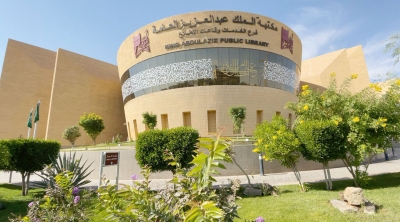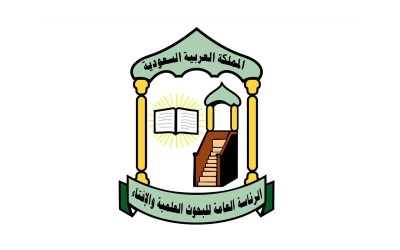
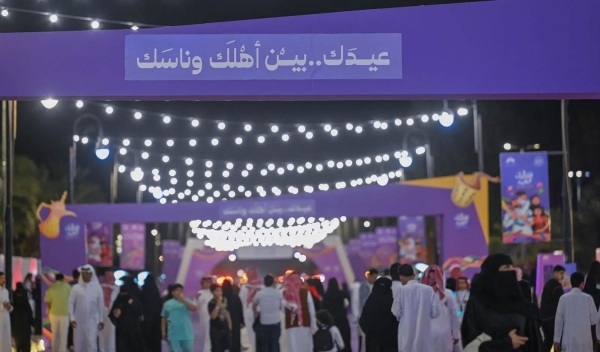
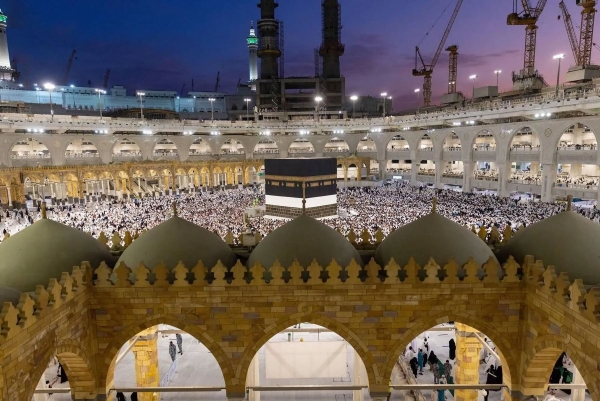
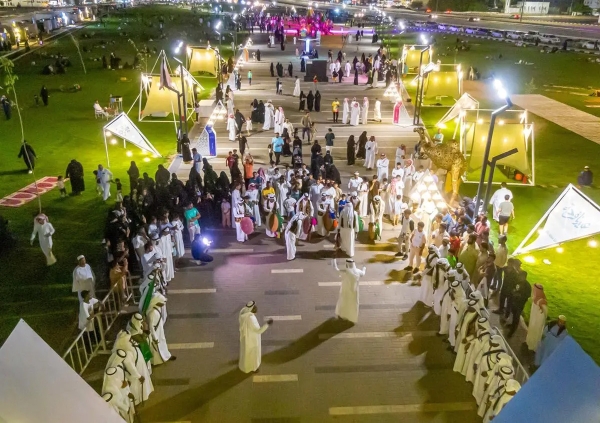
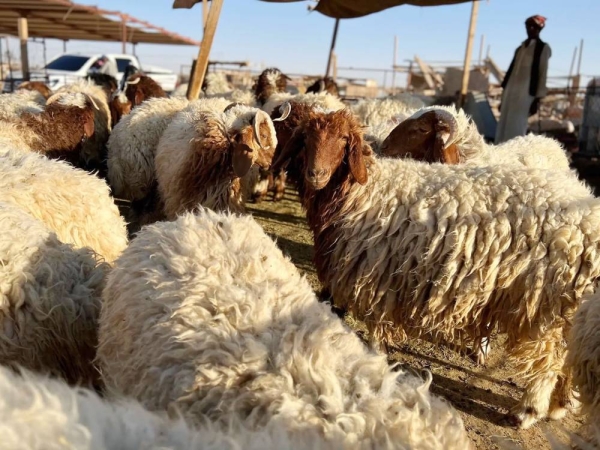
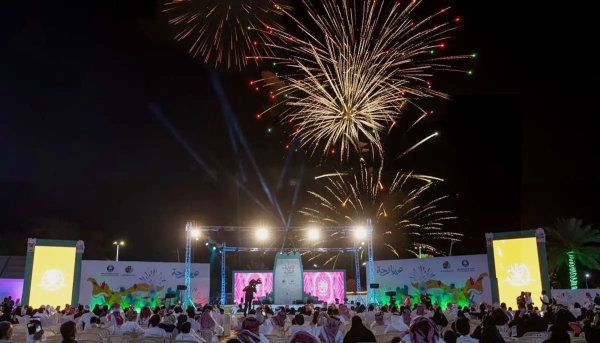
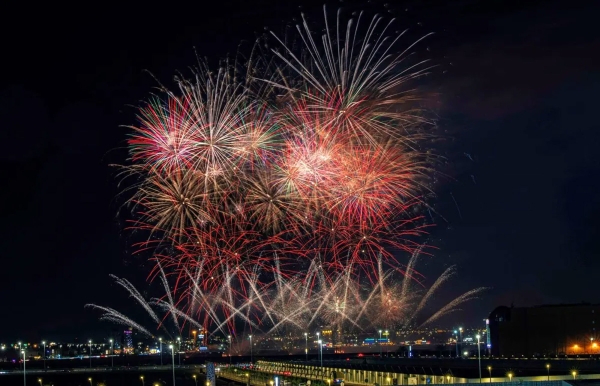
Eid al-Adha in the Kingdom of Saudi Arabia is one of the Islamic occasions of the Saudi calendar. It falls on the tenth day of Dhu al-Hijjah each Hijri year and is the last official holiday of the Islamic year.
Naming of Eid al-Adha
The naming of Eid al-Adha is linked to the story of saving the son of Prophet Ibrahim, peace be upon him (PBUH), from being sacrificed. Allah Almighty provided Ibrahim with a lamb to sacrifice instead of his son. Therefore, Muslims who are able to do so sacrifice an animal each year, sharing the meat with their families and distributing it to the poor and needy.
Eid al-Adha timing announcement in Saudi Arabia
Saudi Arabia traditionally announces the beginning of Dhu al-Hijjah, the Day of Arafah, and Eid al-Adha through the Supreme Court, according to Umm al-Qura calendar. The court issues a statement outlining the procedures followed. The Moon Sighting Committee of the Supreme Court holds a session to review the reports it receives regarding the sighting of the crescent moon marking the start of Dhu al-Hijjah each year. After examining all the reports and considering them carefully, and upon receiving testimony from trustworthy witnesses who confirm the sighting of the crescent moon, the committee decides the first day of Dhu al-Hijjah, the Day of Arafah, and the date of Eid al-Adha.
Eid al-Adha prayer in Saudi Arabia
Eid al-Adha prayer is performed in the Grand Mosque, the Prophet's Mosque, and across Saudi Arabia. This special prayer consists of two rak'ahs and is distinguished from other prayers by the number of additional Takbeers. In the first rak'ah, six extra Takbeers are recited following the Takbeerat al-Ihram. In the second rak'ah, five additional Takbeers are recited after the Takbeer for standing up from sujood (prostration). Following the prayer, the Eid sermon (khutbah) is delivered.
Slaughtering during Eid al-Adha in Saudi Arabia
In popular culture, Eid al-Adha is known as 'al-Eid al-Kabeer'. This holiday involves the ritual slaughtering of sacrificial animals, which begins after the Eid al-Adha prayer and concludes at sunset on the thirteenth day of Dhu al-Hijjah. This means there are four days for slaughtering: the Day of Eid (Day of Sacrifice) and the three days following it. It is permissible to slaughter the sacrificial animal both day and night, though doing so during the day is preferred.
Eid al-Adha celebration in Saudi Arabia
Eid al-Adha is one of the major occasions in Saudi Arabia, which celebrates four official annual events: Eid al-Fitr, which falls on the first day of Shawwal each Hijri year; Eid al-Adha, which falls on the tenth day of Dhu al-Hijjah each Hijri year; National Day on September 23; and Founding Day on February 22 each year.
Eid al-Adha holiday in Saudi Arabia
Based on the determined date of Eid al-Adha, the holiday dates are fixed in Saudi Arabia's official calendar. These holidays are predefined in the labor law. For the public sector, the Eid al-Adha holiday starts on the fifth of Dhu al-Hijjah and lasts until the fifteenth of the same month according to the Hijri calendar. The schedule for the Eid al-Adha holiday duration may be adjusted if it coincides with the weekend. During this holiday, non-essential government offices are closed. Private sector employees are entitled to a four-day holiday starting from the Day of Arafah.
On January 16, 2024, the Council of Ministers approved the number of days for Eid al-Fitr and Eid al-Adha holidays for government entities that implement the labor law according to their regulations and have an independent and approved administrative regulation (including authorities, institutions, centers, programs, and similar entities). The holidays will be a minimum of four working days and a maximum of five working days.
Celebrating Eid al-Adha in Saudi Arabia
The way Eid al-Adha is celebrated in Saudi Arabia is similar to Eid al-Fitr in many customs and traditions, beginning with the Eid prayer. However, Eid al-Adha includes the additional ritual of sacrificing an animal, which is a practice rooted in the Sunnah of the Prophet. This sacrifice begins after the Eid prayer, with families consuming some of the meat and distributing portions to neighbors and relatives. The sacrificial meat is used to prepare various traditional dishes in which meat is an essential ingredient, with recipes differing from one province to another.
Saudi traditions during Eid al-Adha
One of the traditions in Saudi Arabia during Eid al-Adha is for families in various provinces to prepare Eid gifts, known as 'Eidiya', on the night before Eid to present to children on the morning of Eid. The 'Eidiya' is a deeply rooted custom passed down from generation to generation, continuing to this day. It brings joy to children on the first day of Eid al-Adha.
The first days of Eid al-Adha coincide with the days of Hajj, and the return of pilgrims after performing their Hajj is an occasion for congratulation and celebration. This is in recognition of their fulfillment of Hajj, 'the fifth pillar of Islam'.
Related quizzes
